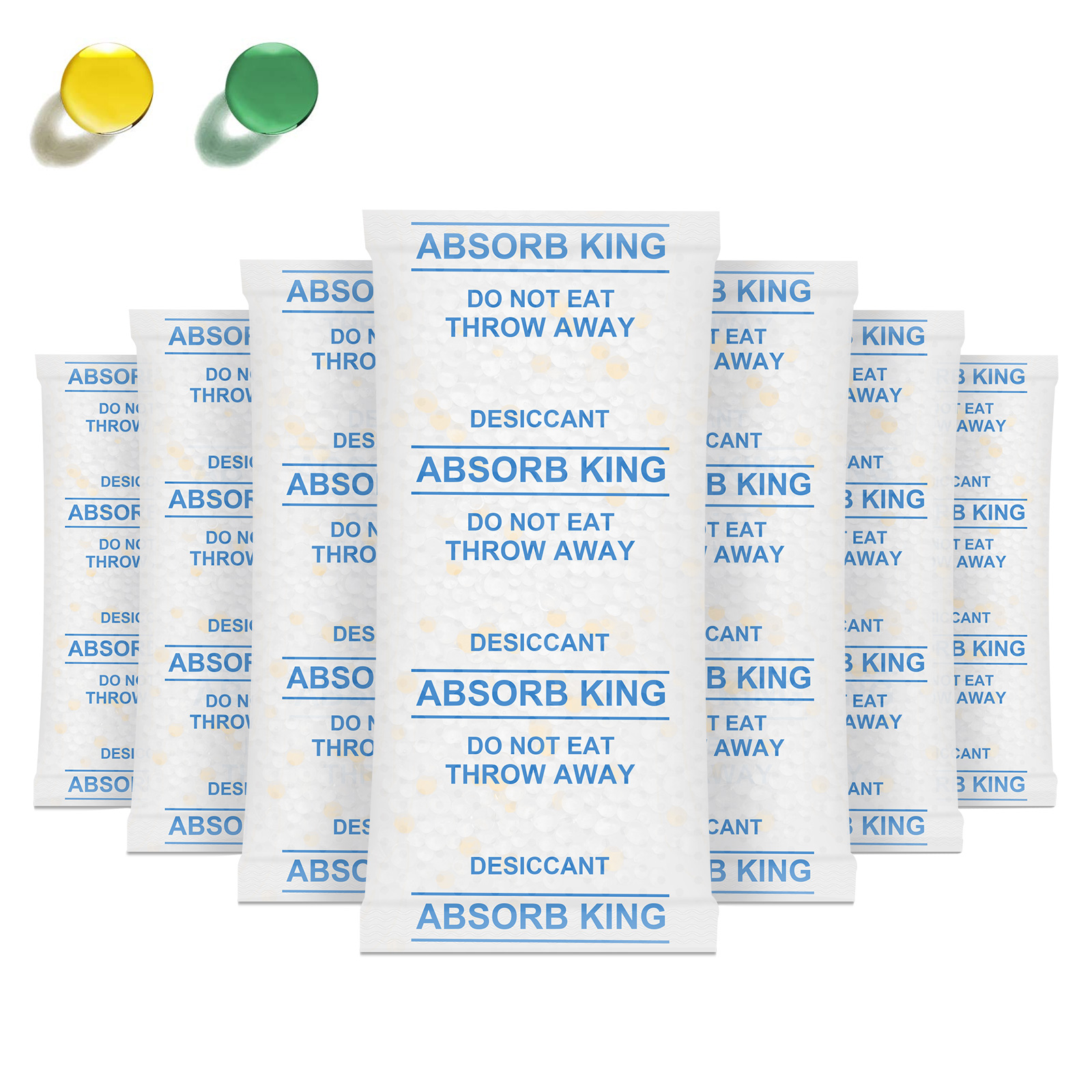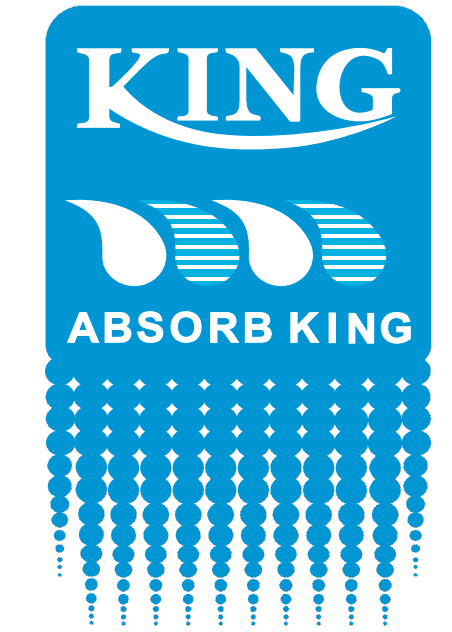Demystifying Desiccants: Are They a Hazardous Material
Nov 03,2023 | Bond
Desiccants, such as silica gel or calcium chloride, play a crucial role in protecting products from humidity and moisture damage. However, you may wonder, given their ubiquitous presence in everything from shoe boxes to electronic packaging - are desiccants a hazardous material? In this blog post, we will explore the safety aspects of commonly used desiccants.
The General Rule: Non-Hazardous
Most types of desiccants, such as silica gel or clay desiccants, are generally considered non-hazardous. They are made of materials that are inert, non-toxic, and safe to handle. Silica gel, for instance, is essentially a form of sand, and it poses no significant health risks.
The Exception: Indicating Silica Gel
While most desiccants are safe, there's an exception that's important to note: indicating silica gel. This type of silica gel contains small amounts of a substance called cobalt chloride. Cobalt chloride changes color when it absorbs moisture, which makes it useful for indicating when the silica gel has become saturated and needs to be replaced. However, cobalt chloride is classified as a hazardous substance and a possible carcinogen. It can be harmful if inhaled, ingested, or if it comes into prolonged contact with skin.
BUT absorbking indicates silica gel not contain cobalt chloride, so it is also not a hazardous material.

Usage and Disposal
Despite the potential hazard posed by indicating silica gel, it is safe for use in packaging as long as it remains within its sachet. However, it should never be used in applications where it could come into contact with food or be accidentally ingested.
When disposing of indicating silica gel, it's essential to handle it responsibly. Consult local waste disposal regulations, as it may be classified as hazardous waste.
Safety Precautions
Regardless of the type of desiccant, it's always prudent to handle them with care. While non-indicating silica gel is non-toxic, it can be a choking hazard and should be kept away from children and pets. For indicating silica gel, avoid direct skin contact, and never consume it or inhale its dust.
In conclusion, while most desiccants are non-hazardous, it's essential to be aware of the exceptions and handle them responsibly. Desiccants provide a valuable service in protecting goods from moisture damage, but safety should always be a priority. Whether you're using, storing, or disposing of desiccants, make sure to do so in a way that safeguards the health and safety of everyone involved. Always consult with a professional or the product manufacturer if you have any doubts.



